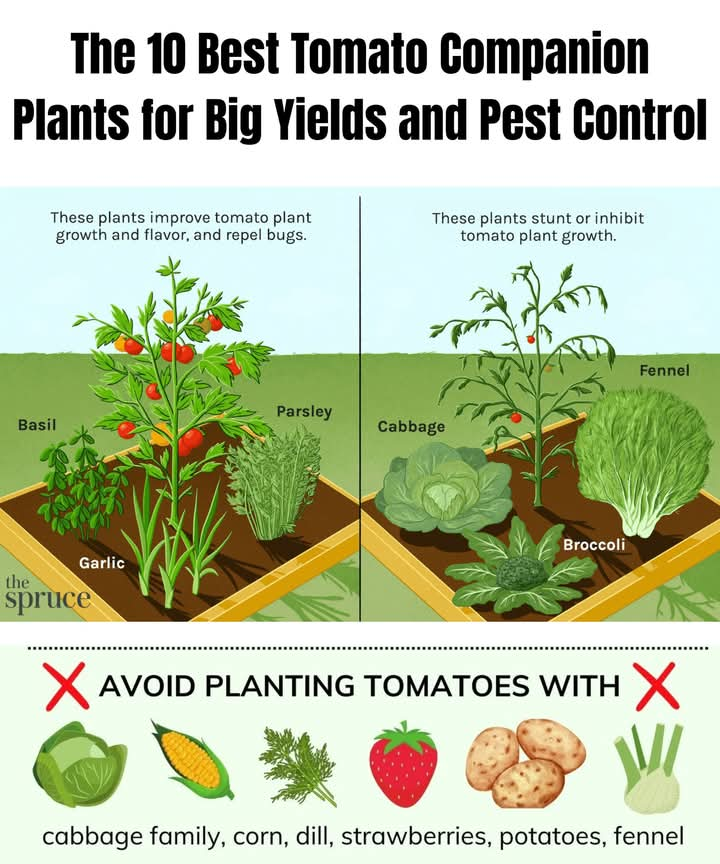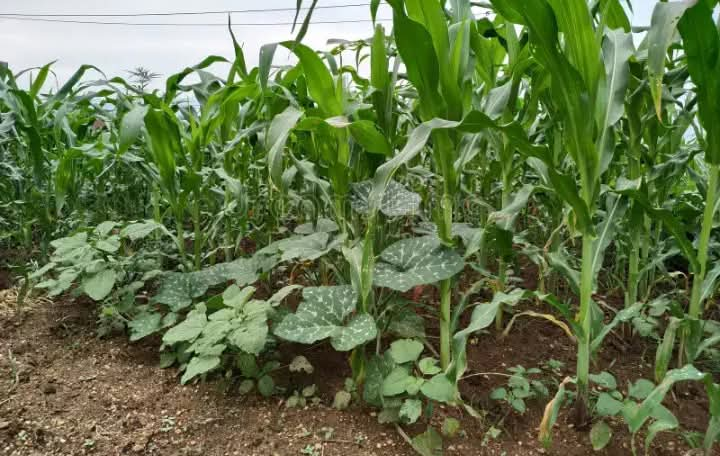Advantages of intercropping systems
Advantages of intercropping systems include:
1. Enhanced soil fertility: Intercropping beans, maize, and squash together enriches the soil with nitrogen, a crucial nutrient for plant growth. The nitrogen-fixing ability of beans ensures a steady supply of nitrogen to the soil, meeting the high demand of maize. This leads to improved soil fertility, as the crops work together to provide the necessary nutrients for optimal plant growth.
2. Efficient nutrient cycling: Intercropping systems promote efficient nutrient cycling within the agricultural plot. The varied root structures and nutrient requirements of beans, maize, and squash prevent excessive depletion of any single nutrient. This reduces the need for external inputs and synthetic fertilizers, leading to sustainable soil management and improved long-term soil fertility.
3. Soil structure improvement: Squash plants play a significant role in improving soil structure within an intercropping system. Their sprawling vines help reduce compaction and increase organic matter content. This leads to better soil aeration and drainage, promoting healthier root growth and overall plant development.
4. Weed suppression: Intercropping can help suppress weed growth in agricultural fields. The dense canopy created by the intercropped crops, such as beans, maize, and squash, shades the ground and limits sunlight availability for weed germination and growth. This reduces the need for herbicides and manual weeding, contributing to more sustainable farming practices.




